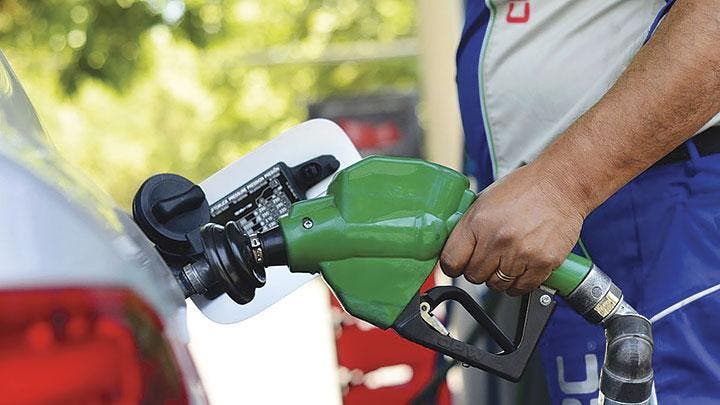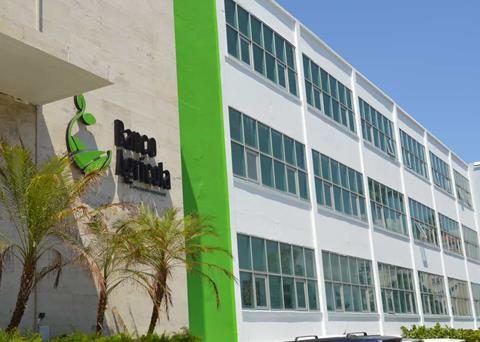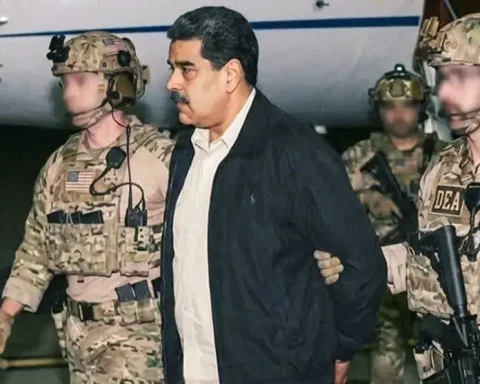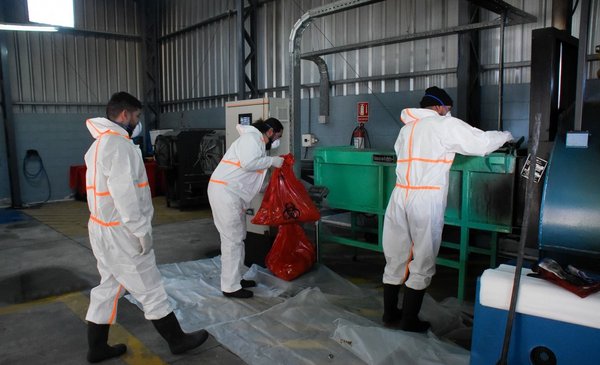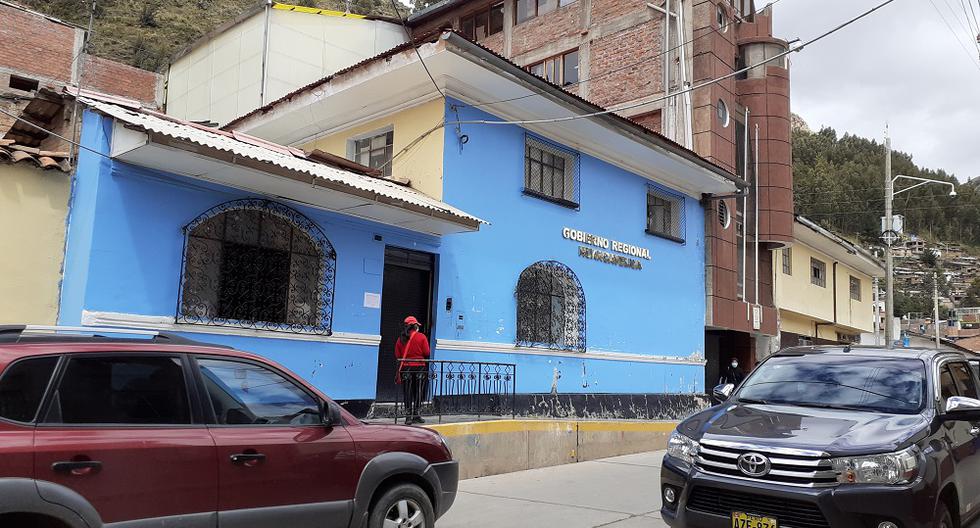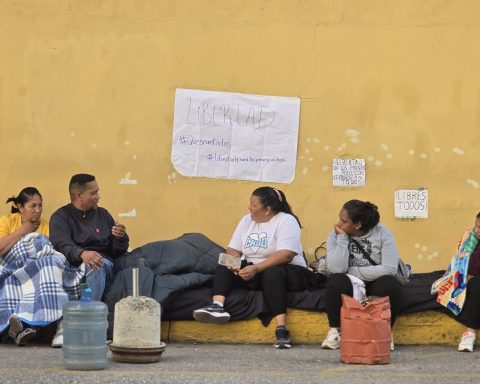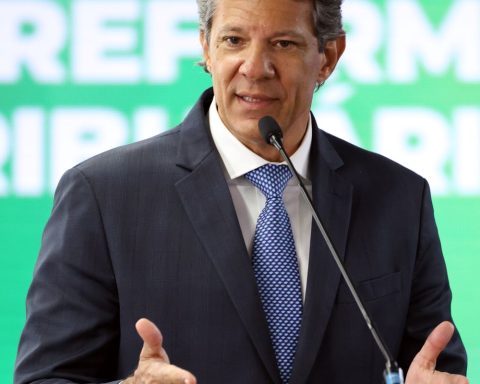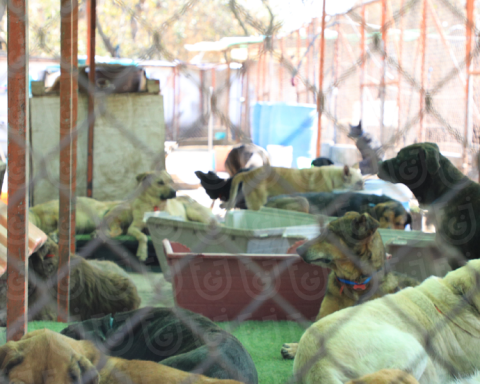In a fuel station near the airport in Cologne, Germany, Bernd Mueller watches the numbers rise rapidly at the pump: €22 ($23), €23, €24. The digits that indicate how much gasoline you have put in also go upbut much, much more slowly.
“I’m going to get rid of my car in October, November,” Mueller, 80, said. “I’m retired and there’s fuel and all that. At some point you have to cut. Around the world, drivers like Mueller are rethinking their habits and personal finances amid skyrocketing gasoline and diesel prices fueled by Russia’s war in Ukraine and the global rebound after the COVID-19 pandemic shutdown.
Energy prices are a key driver of inflation, which is rising around the world and making the cost of living more expensive. A motorcycle taxi driver in Vietnam turns off his app to receive warnings from customers not to use up valuable fuel in rush hour traffic jams. A French family scales back their vacation plans in August.
A graphic designer in California includes fuel in his cost estimate for a night out. A mother in Rome removes pizza night from the calendar after seeing how much it will cost she takes her son to a camping trip.
Read more: Bitcoin price drops below $20,000
Decisions around the world are as varied as consumers and countries: walk more, dust off that bike, take the subway, train or bus. Drive slower to save fuel or review that road trip. Maybe even do without the car.
For the millions of people who do not have access to adequate public transport or cannot do without their car for other reasons, the solution is to resign and pay while they cut expenses elsewhere.
Nguyen Trong Tuyen, a motorcycle taxi driver for the ride-hailing app Grab in Hanoi, Vietnam, simply turns off the app during rush hour.
“If I get stuck in traffic, the fee won’t cover the cost of gasoline for the trip,” he said. Many drivers discontinue their services like Tuyen, making it more difficult for customers to book rides.
In Manila, Ronald Sibeyee spent 900 ($16.83) worth of diesel a day on his jeepney, a brightly decorated vehicle popular as public transportation in the country, an evolution of the US military jeeps left behind after the war. World War II. Now they are up to 2,200 pesos (41.40 dollars).
“That should have been our income by now. Now there is nothing, or whatever is left,” she said. His income has fallen by around 40% due to the increase in fuel prices.
Also read: The country is not at risk of LPG shortages
The prices of gasoline and diesel are the result of a complex equation about the cost of crude oil, taxes, purchasing power and wealth of each country, government subsidies when they exist and the commission that intermediaries such as refineries take. The price is calculated in dollars, so if a country is an energy importer, the exchange rate is also a factor, as in Europe, where a weaker euro has helped push up prices.
There are often also geopolitical factors, such as the war in Ukraine. Buyers rejecting Russian barrels and Western plans to ban Russian crude have rattled energy markets already struggling with supply problems from the rapid rebound from pandemic shutdowns.
There is a global price for crude oil, about $110 a barrel, but there is no global gas station price because of taxes and other factors. In Hong Kong and Norway you can pay more than 10 dollars per gallon (3.79 liters). In Germany it can be around $7.50 per gallon, and in France about $8. Although lower fuel taxes make the U.S. average somewhat lower, at about $5 a gallon, it has never been higher.
In poor countries, people are quick to feel pressure from energy prices, but Europeans and Americans are also feeling the pinch. Americans have less access to public transportation, and even European networks don’t reach everywhere, especially in rural areas.
Charles Dupont, who runs a clothing store in the Essonne region, south of Paris, simply needs the car to get to work. “I practice eco-driving, which means driving more slowly and avoiding sudden braking,” he said.
Others do what they can to cut back. Letizia Cecinelli, refueling at a gas station in Rome, said she commuted by bicycle and tried to cut down on car trips “whenever possible.”
Read: Public finances do not support more general fuel subsidy
“But what if I have a son and I have to take him to camp? I have to make it by cutting out an extra pizza,” she said. Prices at gas stations can be political dynamite. US President Joe Biden has pushed for Saudi Arabia to pump more oil to help lower prices, announcing a trip to the kingdom next month after Riyadh’s OPEC alliance decided to increase output.
The United States and other countries have also released oil from their strategic reserves, which helps but is not decisive. Several countries have price limits. This is the case in Hungary, where the discount is not applied to cars with foreign license plates.
In Germany, the government cut taxes by 35 cents a liter for petrol and 17 cents for diesel, but prices soon rose again.
Germany has also introduced a reduced €9 monthly ticket for public transport, which packed stations and trains on a recent holiday weekend. But the program lasts only three months and is not much help for people in rural areas if there is no train station nearby.
In fact, people use almost the same amount of gasoline as they did before the pandemic, according to the German gas station association. “People are refueling almost as much as before. They protest, but they accept it,” said group spokesman Herbert Rabl.
Is there any relief in sight?
Much depends on how the war in Ukraine affects global oil markets. Analysts say some Russian crude is almost certain to be lost to the market because the European Union, Russia’s biggest and closest customer, has promised to end most purchases from Moscow within six months.
Meanwhile, India and China are buying more Russian oil. Europe will have to get its supply from elsewhere, such as exporters in the Middle East. But OPEC, which includes Russia, is not meeting its production targets.
For many, spending money on things like a night out and, in Europe, the quasi-religious devotion of long summer vacations are at stake. Isabelle Bruno, a teacher in the Paris suburbs, now takes the bus to the train station instead of driving 10 minutes.
“My husband and I are very worried about the holidays, because we used to take the car very often when we visited our family in the south of France,” she said. “Now we will pay attention to train tickets and only use the car for short trips.”
Leo Theus, a graphic designer from the San Francisco Bay Area town of Hayward, has to be “strategic” about budgeting for fuel when meeting with clients, and he doesn’t fill up all the tank, for example. Gas prices in California are the highest in the United States, approaching $7 a gallon in some parts of the state.
When it comes to going to a club or bar after work, he said, “now you have to think about fuel, you have to decide. Is it really worth going out or not?” commented Theus.
